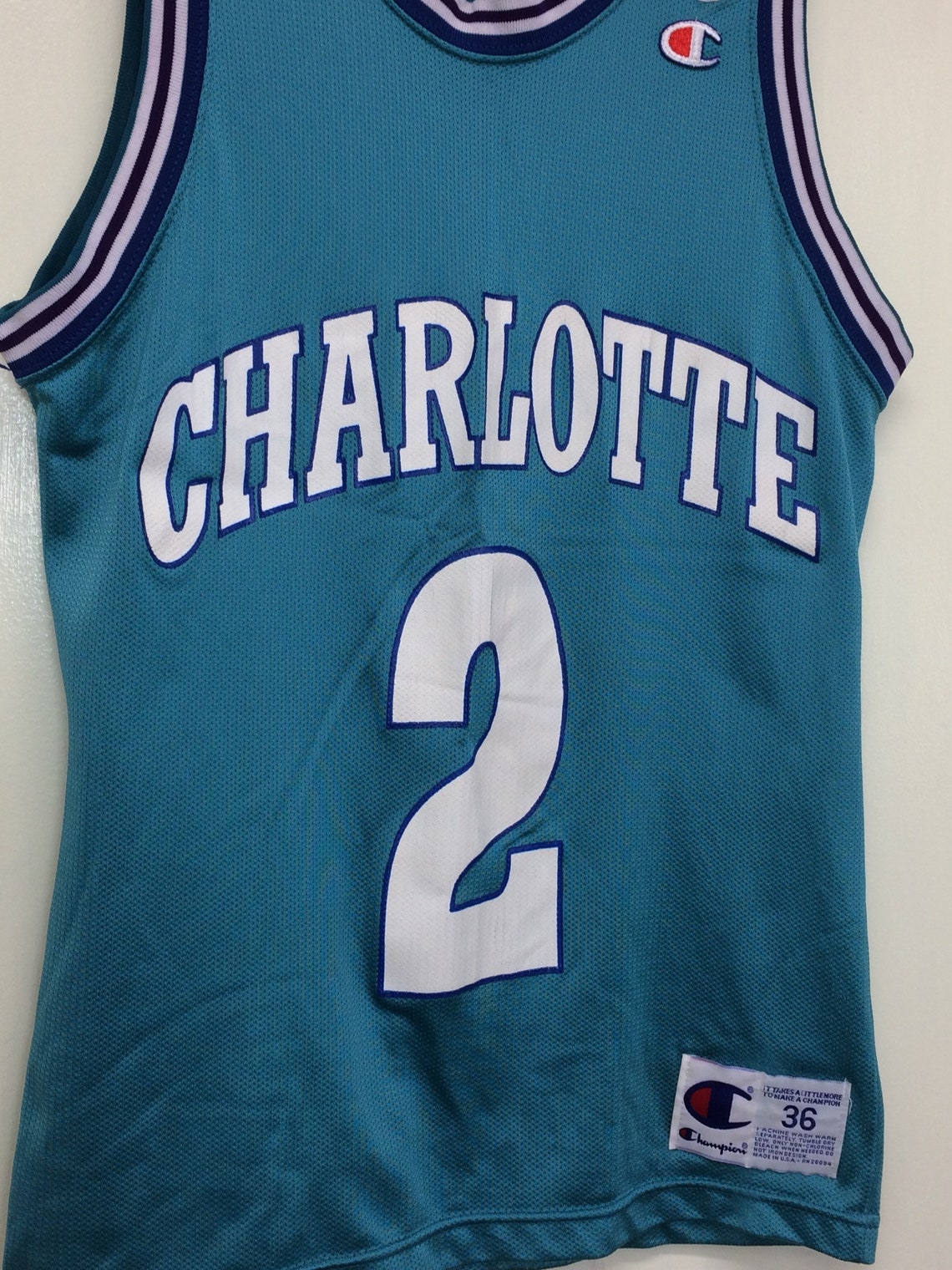

Mourning averaged a double double, and Johnson was second on the team in both scoring and rebounding.Įven though the franchise took a step back, point guard Muggsy Bogues had the best season of his career. In 1993 the Hornets struggled to a 41-41 record due in large part to injuries to “Zo” and “LJ” and missed the playoffs. With the success, even more people jumped on the bandwagon and it was now “cool” to say you were a Hornets fan.Īnd when you said it, you weren’t mocked you would generally receive a knowing nod of approval and the unspoken, “This dude is cool,” sentiment of the time. Charlote was eliminated in the second round, but the groundwork was set the Hornets were now a legit NBA franchise. In year five, the Hornets had their first winning season (44-38) and made their first playoff appearance, upsetting the heavily favored Boston Celtics in the first round. Johnson, Mourning and Kendall Gill, a #1 draft pick three years prior was the highest scoring trio in the league. Equally as tough and talented as Johnson, suddenly the Hornets were raising eyebrows. In 1992 the Hornets held the second pick in the NBA Draft and used it to select Georgetown center Alonzo Mourning. After Johnson’s Rookie of the Year season, his jersey began to pop up more and more outside of Charlotte, in places like Omaha, Nebraska places where they had no business popping up. LJ was tough, charismatic and one of the best players in the game averaging 19.2 ppg and 11 rpg as a rookie. Larry Johnson, who would eventually become “Grandmama”, was the reigning Naismith Award winner as the best player in college basketball.Īnd even though they won less than half of their games (31), they now had their identity and face of the franchise. Prior to year four, the Hornets entered the NBA Draft with the number one overall pick and made a pick that affected the franchise for years to come. The momentum was building and the All-Star Game was a national introduction.

The Hornets won 20 games in year one, 21 in year two, 26 in year three and hosted the 1991 NBA All-Star Game.

Eventually, the Hornets would sell out 364 consecutive games, essentially nine consecutive seasons. It hosted its final NBA basketball game on October 26, 2005, a preseason game between the Charlotte Bobcats and the Indiana Pacers.Įven though they weren’t great, the Hornets were a surprise success in their first season, leading the NBA in attendance (something they would achieve seven times during 14 years in Charlotte). The Coliseum hosted 371 consecutive NBA sell-outs from December 1988 to November 1997, which includes seven playoff games. The Charlotte Hornets stadium was initially the Charlotte Coliseum aka “The Hive.” Charlotte Hornets Stadium on opening night in 1988.īut when the franchise was re-launched, they moved to the Spectrum Center in downtown Charlotte. The Charlotte Hornets were established in 1988 via the expansion draft, which saw them build the squad around Kelly Tripuka, Dell Curry, Rex Chapman and 5-3 Muggsy Bogues, the shortest player in NBA history. Just look at this Charlotte Hornets Starter jacket:

When New Orleans became the Pelicans, it cleared the way for the Charlotte Hornets to return to the NBA.Įven though the Hornets never won a title, never even advanced beyond the second round of the playoffs, they were a cultural phenomenon thanks to huge personalities and the coolest jerseys in NBA history. In the mid-nineties, there was no cooler team in any sport than the Charlotte Hornets.


 0 kommentar(er)
0 kommentar(er)
